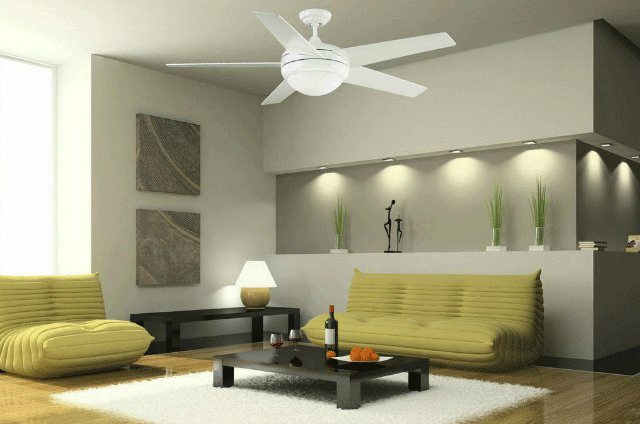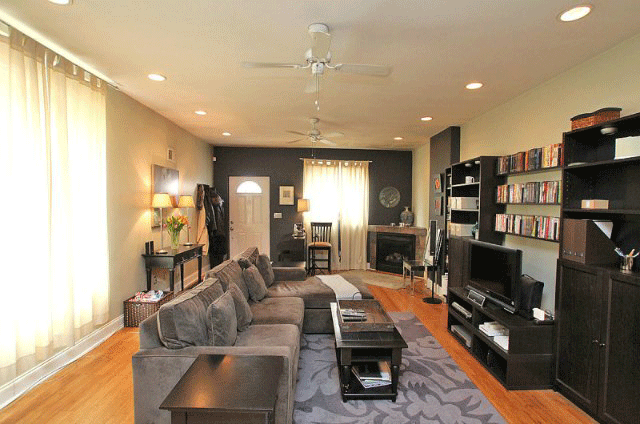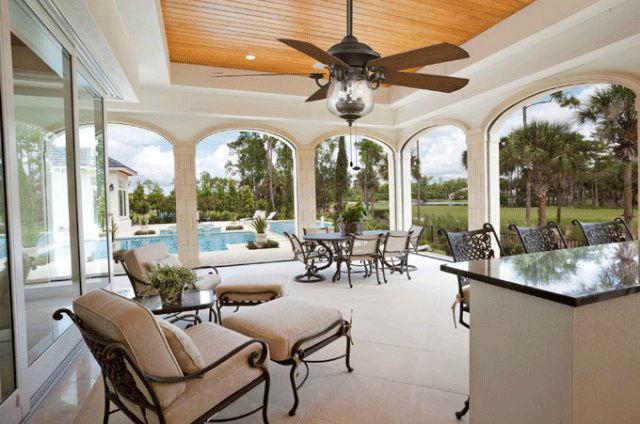Doesn’t a ceiling fan remind you of an old western movie, a steamy, smelly and hot room filled with cowboys, a bar equipped with all kinds of alcohol and a level of tension that feels like an accident is about to burst. Maybe it’s just me, who knows.

Anyhow, I personally consider the ceiling fan a lighting element that’s definitely not suitable for a modern house, especially not for those homes designed and styled elegantly. But then again, fashion and styles revolve, and certain pieces from the era of the cowboys have also evolved into modern and stylish home accessories. So, if the style of your room leans toward western, old, hunting details, a ceiling fan would fit just perfectly. Here are a few facts you may find interesting.

- Ceiling fans save energy. At least the models that come with a remote control or are wall-mounted. Circulating will leave the impression that the temperature in the room is about seven degrees cooler. Thanks to this feature you can easily set the thermostat a few degrees higher in summer. And in winter, you simply reverse the blade motion so warm air is pulled down from the ceiling and additional heating isn’t necessary.
- There are various design option including island style, sleek contemporary style or rich ornate.
- Some ceiling fans do not necessarily need to be installed in an indoor area. There are special ceiling fans designed for outdoor spaces, able to withstand high levels of humidity (damp-rated) fans and harsh outdoor conditions (wet-rated). The thing to pay attention to is not to make the mistake of installing a non-rated fan in a damp or wet environment, since the conditions will ruin the blades of your ceiling fan and shorten its life.
- This is not an appliance you should be changing constantly. Once installed, it needs to serve you for quite some time. So to avoid potential failures of any part of the fan, choose the dealer very carefully. You need to buy from a retailer that offers a guarantee on all products. This implies a limited lifetime warranty on the motor, and a 1-2 years of warranty on the blades, controls and light kits.
- The notion “the more expensive the product, the higher the quality” is very true here. Have in mind that a $400 fan will have a far better performing motor than a fan that costs only $100. The one from the $100 price range will probably have thinner housing materials and particleboard blades, while those from the higher price range will be characterized with cast-motor housings, solid wood blades and advanced control systems.
 All in all, the ceiling fan is not just a lighting element. It’s an appliance as well, so you need to invest in higher quality, better style and performance for maximum gain.
All in all, the ceiling fan is not just a lighting element. It’s an appliance as well, so you need to invest in higher quality, better style and performance for maximum gain.






















